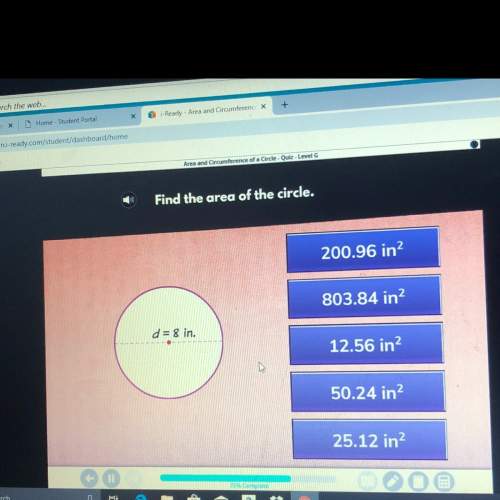
Mathematics, 10.03.2021 17:30 lorenzo1beaton
In the figures below, the side lengths of the squares are the same as the side lengths of their respective triangles.
Note: figure not drawn to scale
In Figure 1, STU is a right triangle. The area of square G + area of square H is equal to the area of square I.
In Figure 2, XYZ is an acute triangle. The area of square D + area of square E is not equal to the area of square F.
What can be concluded about PQR in Figure 3?
A.
PQR is a right triangle.
B.
PQR is an acute triangle.
C.
PQR is an obtuse triangle.
D.
PQR is an isosceles triangle.

Answers: 3


Other questions on the subject: Mathematics




Mathematics, 22.06.2019 01:30, poweradampower
Simplify the rational expression. state any restrictions on the variable. t^2-4t-12 / t-8 the / is a fraction sign.
Answers: 1
You know the right answer?
In the figures below, the side lengths of the squares are the same as the side lengths of their resp...
Questions in other subjects:



Mathematics, 24.02.2020 05:19


Mathematics, 24.02.2020 05:19

Mathematics, 24.02.2020 05:19

Biology, 24.02.2020 05:19



English, 24.02.2020 05:19




